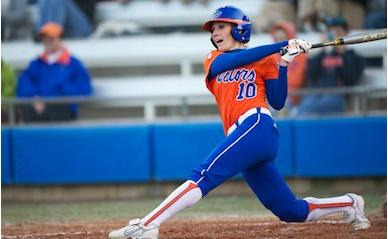default
Member
I have been fortunate to sit in on 2 hitting clinics the last week with 2 VERY successful instructors/Coaches/Former Softball players. They both pretty much teach the 7 steps of hitting. And actually they were both very similiar to each other ecxept for 1 MAJOR THING.........the STEP!!!!
To "para" phrase......... 1 said keep feet shoulder width apart in your stance. Measure your shoulders... times it by 2... then that is the distance of your front foot "step".....
Other Instructor said Wide stance with feet. And very minimal step.
From then on they both pretty much taught the same thing. We are dealing with 8u girls... so would love to see what you-all thought. I know every girl's stance/swing will become there own. But something like this "issue" seems pretty big to me.
To "para" phrase......... 1 said keep feet shoulder width apart in your stance. Measure your shoulders... times it by 2... then that is the distance of your front foot "step".....
Other Instructor said Wide stance with feet. And very minimal step.
From then on they both pretty much taught the same thing. We are dealing with 8u girls... so would love to see what you-all thought. I know every girl's stance/swing will become there own. But something like this "issue" seems pretty big to me.


